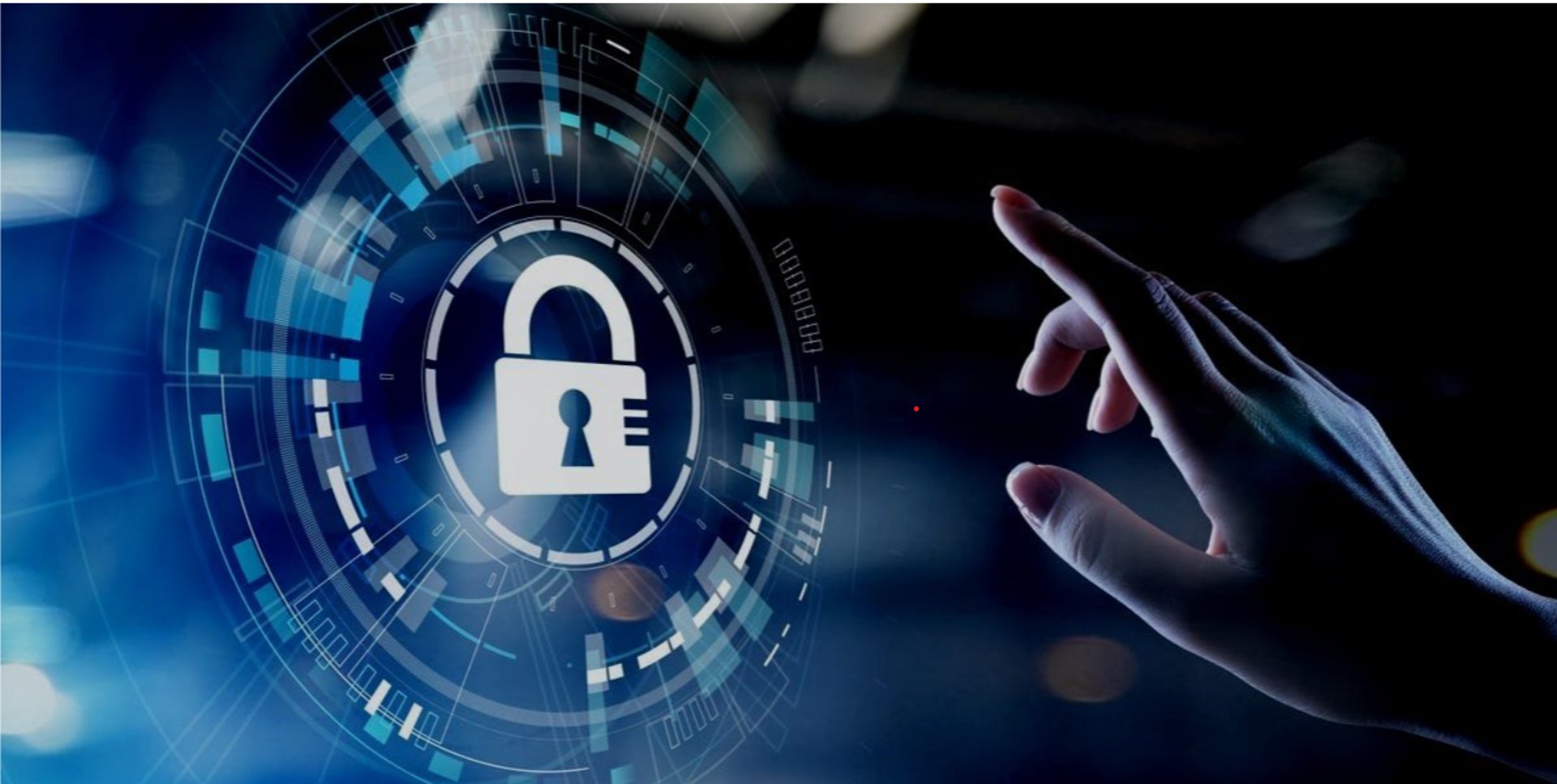
Physical Penetration Testing: Safeguarding Your Organization's Security
Physical penetration testing assesses an organization’s physical security by simulating real-world breaches to identify vulnerabilities in access controls, surveillance, and restricted areas. By uncovering weaknesses, this testing helps organizations enhance their defenses, protecting sensitive data and assets from potential security threats.
Physical Penetration Testing involves simulating real-world attacks to evaluate the physical security measures of a facility. The primary goal is to identify vulnerabilities that could be exploited by malicious actors.
Understanding Physical Penetration Testing
Physical security serves as the first line of defense against unauthorized access. It's not just about locking doors or installing alarms; it requires a thorough understanding of how an intruder might gain entry. Effective physical security complements cybersecurity efforts, ensuring that even the most advanced digital protections cannot be bypassed through physical means.
Importance of Physical Security
In healthcare, compliance regulations such as HIPAA mandate stringent physical security to protect patient data. Physical Penetration Testing ensures that healthcare facilities meet these standards, preventing unauthorized access that could compromise sensitive information. Strengthening physical security in this sector not only protects patient privacy but also aids in maintaining regulatory compliance.
Why Physical Security is Essential for Cybersecurity Compliance in Healthcare Industry
This testing technique allows security professionals to assess vulnerabilities within a building's security framework by attempting to gain unauthorized access. Key aspects include:
Identifying Weak Points: Evaluating doors, windows, and other entry points for potential breaches.
Simulating Attacks: Conducting tests that mimic real-life scenarios to expose weaknesses.
Comprehensive Analysis: Offering insights into the overall effectiveness of your physical security measures.
How Physical Penetration Testing Works
Physical Penetration Testing can take various forms, depending on the objectives and scope of the assessment. Common types include:
Access Control Testing: Evaluating the effectiveness of entry control measures.
Surveillance Assessment: Analyzing the adequacy of monitoring systems.
Environmental Security Checks: Reviewing how well external factors (like landscaping) contribute to security.
Each type provides unique insights into your facility's security status, helping you address specific vulnerabilities.
Types of Physical Penetration Testing
To bolster your premises' safety, consider implementing the following strategies:
Regular Security Audits: Conduct frequent assessments to identify and rectify vulnerabilities.
Employee Training: Educate staff on security protocols and recognizing suspicious behavior.
Access Control Systems: Install robust systems to manage who can enter sensitive areas.
When combined with Physical Penetration Testing, these practices create a more secure environment.
Best Practices for Enhancing Physical Security
Financial institutions handle highly sensitive data, from customer information to transactional records. Compliance requirements, such as PCI-DSS, emphasize physical security as a means to safeguard financial assets. Physical Penetration Testing provides a proactive approach, ensuring that access control and monitoring measures effectively support cybersecurity compliance within the financial sector.
Why Physical Security is Essential for Cybersecurity Compliance in the Financial Industry
While Physical Penetration Testing is invaluable for assessing physical security, it does have limitations. It may not cover all potential risks, such as natural disasters or insider threats. Additionally, conducting thorough tests can be resource-intensive in terms of time and finances. However, the insights gained from these assessments often outweigh the costs, leading to significant improvements in security posture.
Challenges and Considerations
In our interconnected world, physical and cyber threats are increasingly intertwined. A breach in one area can compromise another. Therefore, integrating Physical Penetration Testing within a broader cybersecurity framework is crucial for developing a comprehensive defense strategy.
Integrating Cybersecurity with Physical Security
Our Training Partners
Our Technology Partners



















Get Started Today!
Ready to fortify your organization against cyber threats? Contact us today for a personalized consultation and discover how AABGM can empower your business with effective cybersecurity solutions!
